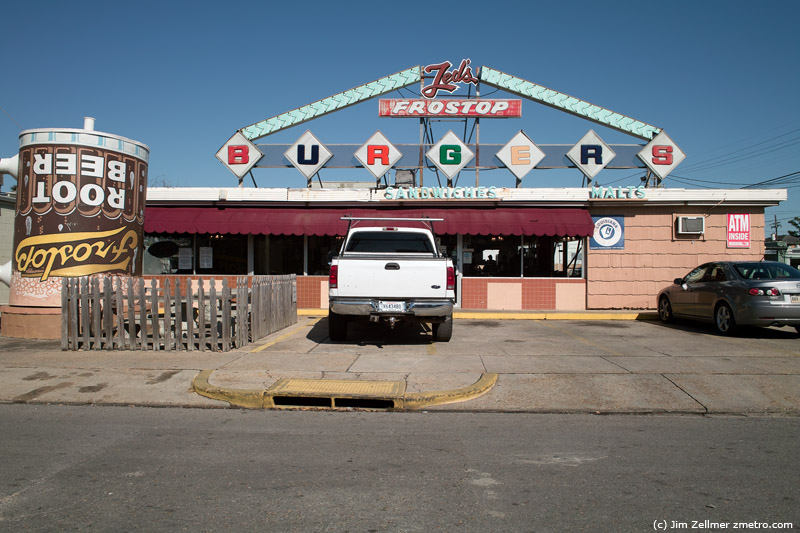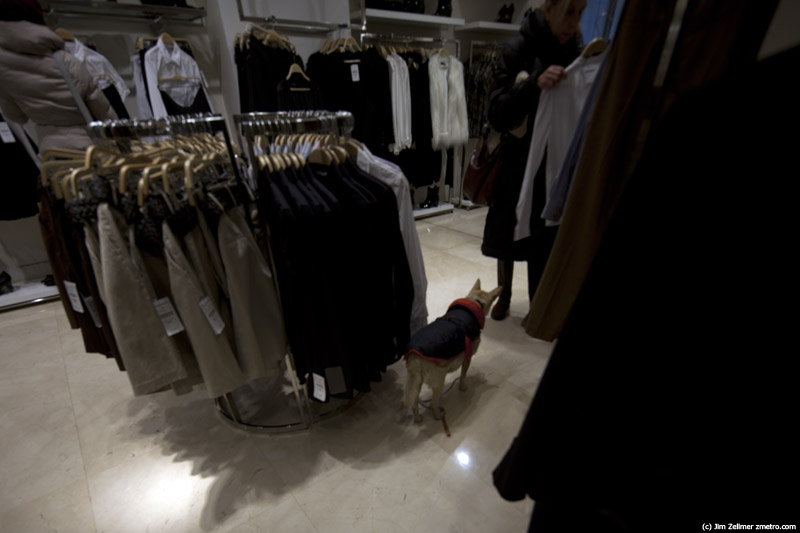A few weeks ago I was sitting in my office, reading Foreign Policy magazine, when I made a striking discovery. Sitting next door to me, separated only by a narrow partition, is one of the world’s leading thinkers. Every year, Foreign Policy lists the people it?regards as the “Top 100 Global Thinkers”. And there, at number 37, was Martin Wolf.
I popped next door to congratulate my colleague. Under such circumstances, it is compulsory for any English person to make a self-deprecating remark and Martin did not fail me. The list of intellectuals from 2010, he suggested, looked pretty feeble compared with a similar list that could have been drawn up in the mid 19th century.
This was more than mere modesty. He has a point. Once you start the list-making exercise, it is difficult to avoid the impression that we are living in a trivial age.
The Foreign Policy list for 2010, it has to be said, is slightly odd since the magazine’s top 10 thinkers are all more famous as doers. In joint first place come Bill Gates and Warren Buffett for their philanthropic efforts. Then come the likes of Barack Obama (at number three), Celso Amorim, the Brazilian foreign minister (sixth), and David Petraeus, the American general and also, apparently, the world’s eighth most significant thinker. It is not until you get down to number 12 on the list that you find somebody who is more famous for thinking than doing – Nouriel Roubini, the economist.
Category: Culture
Value of being ‘Made in Italy’
In Palazzo Strozzi, a Renaissance palace overlooking Florence’s Arno River, Ferruccio Ferragamo, scion of luxury shoe brand Salvatore Ferragamo, is explaining why his shoes are “Made in Italy”.
Mr Ferruccio’s father, Salvatore, put handmade shoes on the feet of Marilyn Monroe and Sophia Loren, Lauren Bacall and Judy Garland. But his son is supposed to be living in different times, where rising Chinese and Indian manufacturing power has put Italians out of business.
When Mr Ferruccio meets the Financial Times in December, he has another problem on his mind. He is having to ask Ferragamo’s workers, dotted in villages and factories around Florence, to keep working right up until Christmas day, almost a week longer than usual.
“We cannot make enough to keep up with the demand from the Chinese. They want their shoes not just made in Italy, but often made in Florence,” he says.
A decade ago, many economists and industrialists, in Italy and outside, were convinced that the myriad small and medium-sized businesses that make up the backbone of the country’s economy were in terminal decline. The Italians could not compete with rival manufacturing bases in Asia. Their productivity was too low and too costly. They did not have the infrastructure or heft to export their goods in the volumes necessary to ensure their survival.
Christmas in the Terminal

Burger Joint

Panorama: Lingotto Pinacoteca Giovanni e Marella Agnelli @ Turin
Pinacoteca Giovanni e Marella Agnelli:
In a fascinating space designed by the architect Renzo Piano inside the historic industrial complex of the Lingotto in Turin, the Pinacoteca Giovanni e Marella Agnelli permanently houses 25 masterpieces from Giovanni and Marella Agnelli private collection.
Opened on September 20th, 2002, the gallery marks the final step in the twenty-year-long restructuring process of the whole Lingotto site.
The structure that today hosts the picture gallery of the Giovanni and Marella Agnelli Foundation in the “Scrigno” (literally, jewel box or treasure chest, an extraordinary container that dominates the roof-top test track), is the result of a long historical and architectural process of development that begins at the turn of the twentieth century. After this huge conversion process, the 90 years old building maintains the architectural power and freshness of the car factory designed by Giacomo Mattè Trucco, and wends its way effortlessly to the Lingotto designed by Renzo Piano.
A stunning place, particularly the roof top race track on the old Fiat factory.
View the full screen panorama here.
When China Ruled the World Or why the “China Century” will be the shortest on record
I’m here to tell you that America plunged its fingertips into the Middle Kingdom’s body politic across the 1970s, beginning with Nixon going to China in 1972 and culminating with Jimmy Carter’s normalization of relations in 1979. The first embrace allowed aged Mao Tse-tung to extinguish his nonstop internal purge known as the Cultural Revolution by firewalling his fears of Soviet antagonism. The second cemented China’s wary-but-increasingly-warm relationship with the United States and allowed Deng Xiaoping, who narrowly survived Mao’s insanities, to dismantle the dead emperor’s dysfunctional socialist model, quietly burying Marx with the most revolutionary of eulogies — to get rich is glorious!
Deng chose wisely: Reversing Mikhail Gorbachev’s subsequent logic, he focused on the economics while putting off the politics. This decision later earned him the sobriquet “the butcher of Tiananmen” when, in 1989, the political expectations of students quickly outpaced the Party’s willingness for self-examination. But it likewise locked China onto a historical pathway from which it cannot escape, or what I call the five D’s of the dragon’s decline from world-beater to world-benefactor: demographics, decrepitude, dependency, defensiveness, and — most disabling of all — democratization.
Let us begin this journey right where Deng did, with a focus on the family.
Shopping with the Dog – Turin

The Hardy 2009-2010 Annual Report Photo
350K PDF. My dusk Hardy photo appears on the cover of their annual report. It was a beautiful evening. Much more on the Hardy Gallery, here.
Goldman’s pieties go too far
For sheer, toe-curling embarrassment, it’s hard to choose between last year’s populist attack on Goldman Sachs by the US Securities and Exchange Commission and this week’s cringe-worthy response from the investment bank.
Last April, when the SEC filed suit against Goldman, the bank could have fought back. The suit complained it had sold fancy mortgage securities without disclosing that a hedge-fund manager, John Paulson, was betting that those same securities would blow up. To which Goldman could have answered: so what? Any time an investment bank sells any derivative, it should be obvious to the buyer that somebody somewhere must be taking the other side. The SEC’s assertion that Goldman had misled customers about the nature of Paulson’s involvement was potentially more damaging, except that the SEC produced no evidence to make this charge stick.
It was surely not beyond the wit of Goldman’s publicists to communicate these simple points. Banks cannot be held responsible for the profits or losses of their clients, since middle-men necessarily have customers who lose as others win. But after one vain attempt to explain market making at a belligerent Senate hearing, Goldman’s boss, Lloyd Blankfein, gave up. He settled with the SEC, even though most lawyers think he could have beaten the charges. Then he ordered up an elaborate cleansing ritual to relaunch the firm of Goldman Sachs.
Several months later, the fruits of Goldman’s sun salutations are out. A 67-page manifesto of self-purification proclaims that “our clients’ interests always come first,” and that “if we serve our clients, our own success will follow.” But these pieties misrepresent the true nature of an investment bank just as surely as the SEC did.

